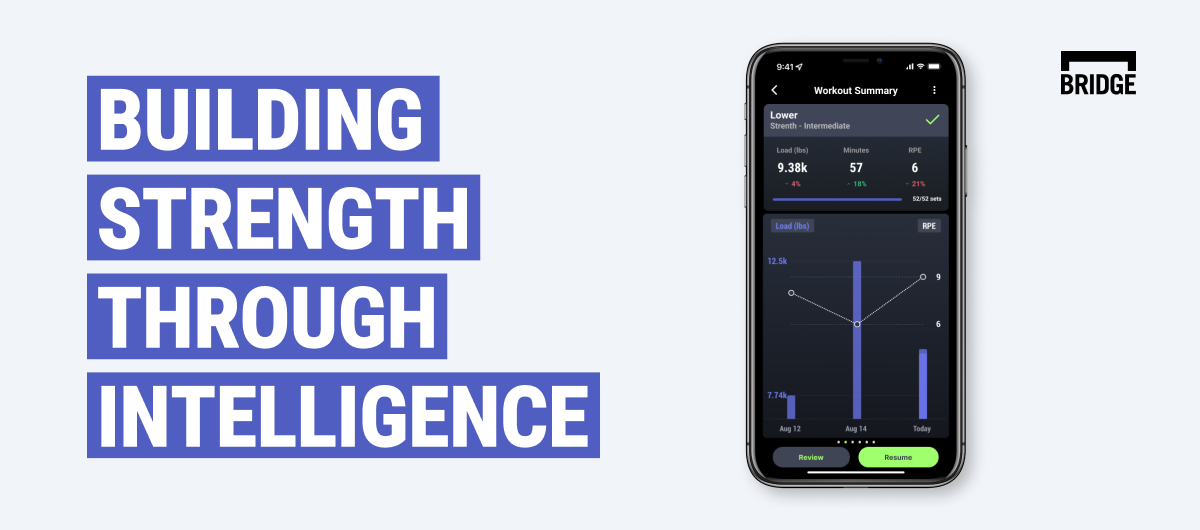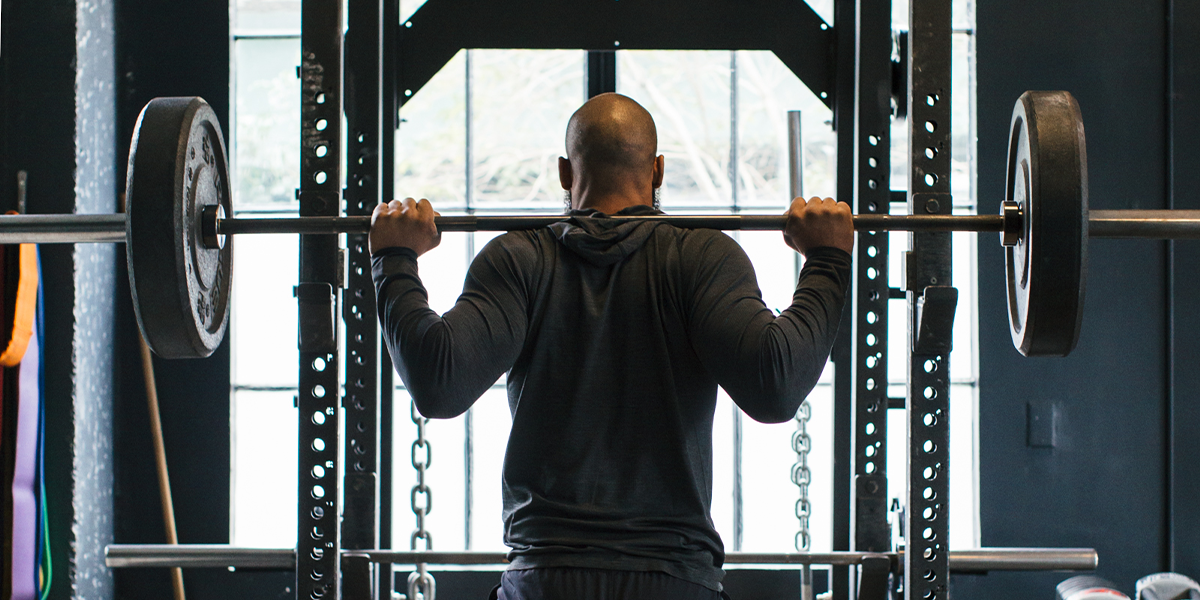This post is part of our Coaches Corner series with Taylor Rimmer. Taylor is NSCA-CPT, StrongFirst SFG 1, and owner of Revive the Human in Longmont, Colorado, and has been a Bridge customer since 2019.
The best squats start with a strong connection to the ground.
Squats are one of the most effective exercises to build lower body strength and improve athletic performance. The foot is the foundation of the squat with over 100 tendons, muscles, and ligaments -- Dysfunction in these small-yet-crucial components can cause significant compensations further up the kinetic chain, resulting in inefficient reps and frustrating plateaus.
The good news: a simple technique called the stomp step can improve foot function and achieve a better connection to the ground.
The stomp step involves stomping the foot prior to a set to wake up the proprioceptors in the foot, which can enhance awareness of pressure and grip on the ground. This technique is recommended by Pavel Tsatsouline, a fitness expert and founder of StrongFirst, and has been found to work well in the context of power lifts.
“I tried that and thought, ‘Wow, that really does help.’ You instantly have a better connection to the ground. You have better awareness of your pressure and can really feel yourself gripping the ground.
We began applying that same type of stomp to power lifts and found they work really well in that context,” says Taylor Rimmer, NSCA-CPT, StrongFirst SFG 1, and owner of Revive the Human in Longmont, Colorado.

Allison Geisler, one of Rimmer’s athletes, demonstrates the technique prior to a set of heavy Paused Squats (sound on for maximum effect):
https://www.instagram.com/p/ChX1bTaAWfY/
While there’s little objective research regarding the application of stomp steps for strength training, the logic is sound. Depth drops as a warm-up activity have been found to improve explosive force development in subsequent movements, and jumping rope has been found to enhance multi-joint coordination and proprioception in athletes.
Yet unlike these activities, stomp steps don’t require any additional set-up or equipment — if you have space to squat, you have space to stomp.
“I think it has an emotional element, as well. It hypes you up. It’s sort of the equivalent of your coach slapping you across the back before a set,” says Rimmer.
When it comes to technique, you can either grab the barbell and stomp both feet simultaneously, stomp one foot at a time, or do a little bit of both. The act itself can also serve as a sort of psychological pump-up before a heavy working set.
“In that same vein, another tactic we’ll coach is to grab the barbell, squeeze it hard, and shake the hell out of it for a second or two before the set. Again, there is that aggressive element. But physiologically, both stomping and shaking emphasize the neural connections at the feet and the hands.”
These tactics help Rimmer’s clients gain an extra edge, building buy-in and enhancing the effectiveness of his programming. This is a great use case for uploading media to the Bridge workout builder. The builder features an extensive library of exercise demos, and users can add videos from YouTube or media from their own device when they’d like to highlight an unorthodox technique or program a unique variation.
“Being able to have your own instruction in there is really key"
“And the two-way messaging is fantastic. Clients can upload videos of their training, so I tell remote clients I want to see one thing from every workout they do. That ability to add my own videos and to watch them actually train elevates the whole experience.”
In conclusion, the best squats start with a strong connection to the ground, and the stomp step is a simple yet effective technique to improve foot function and enhance the effectiveness of a squatting routine. So, next time you're about to hit the squat rack, try stomping your feet and feel the difference.





